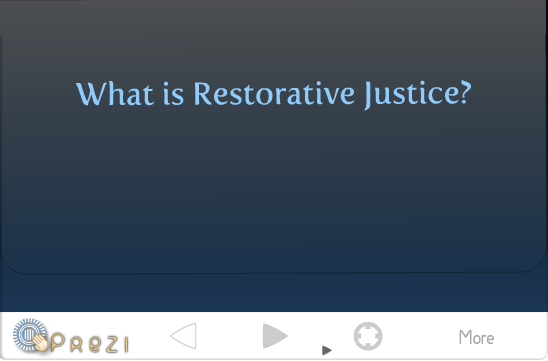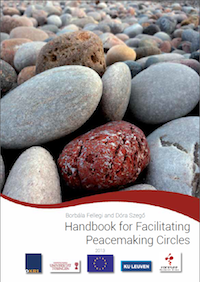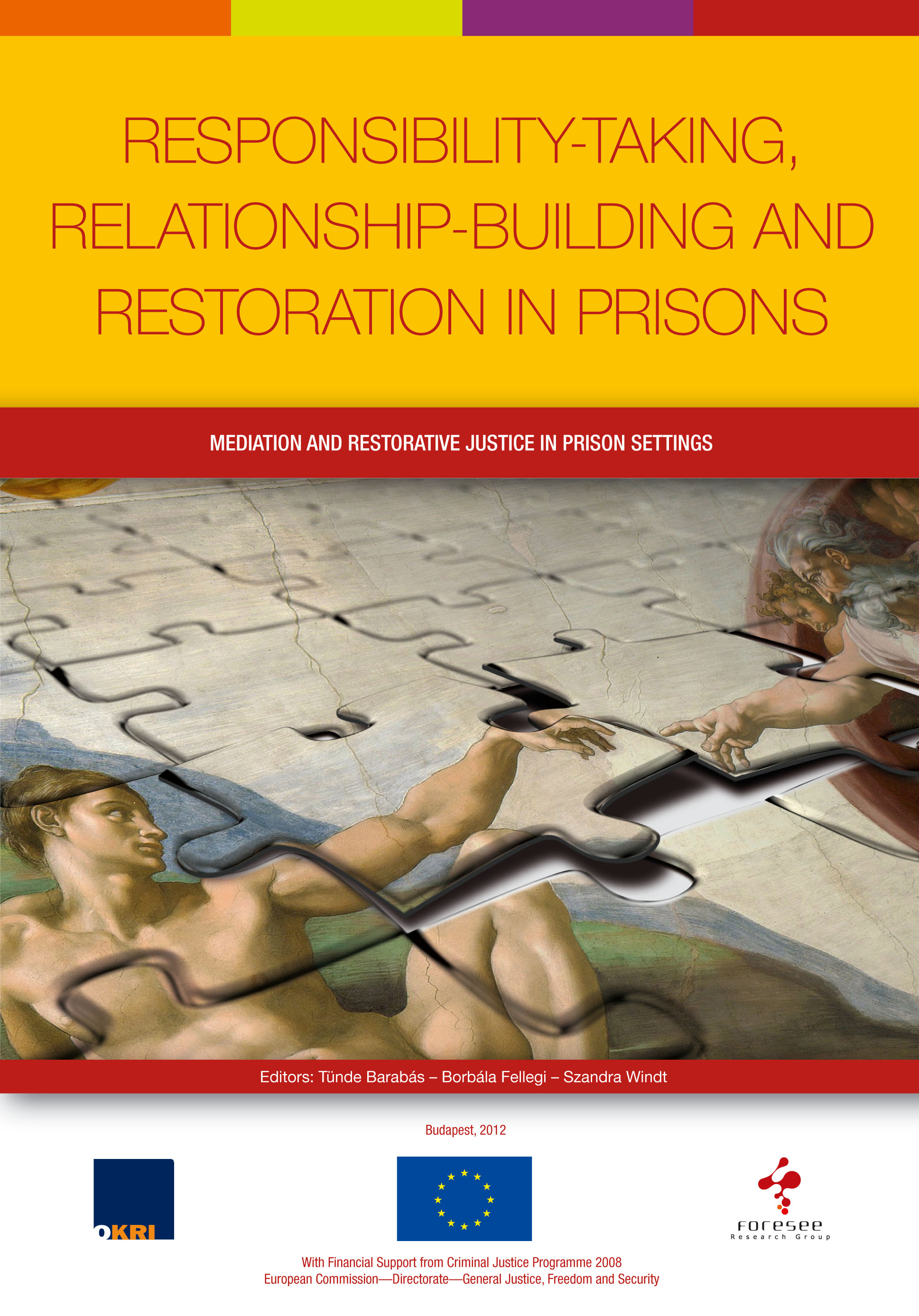Over the last 20 years, we have seen several reforms, investment plans, partnerships and criminal justice policies targeting better solutions to youth crime. And yet, in 2010 in England and Wales alone over 10,111 young adults (18-21 yrs) and 1,637 young people (15-17yrs) were in the secure estate. We also locked up 433 children (below 15 yrs). As the evidence of this report show, restorative justice in prison settings is widespread, but piecemeal, inconsistent and sometimes invisible.
Restorative justice is also characterised by numerous implementation barriers and definitional ambiguity. While there is thorough evaluation of restorative justice with certain offences, in others areas, including its application within prisons, the evidence is still accumulating. The limited data do suggest, however, that the restorative justice practice (but most importantly the values underlying its ethos) are able to provide answers that many psychologists, criminologists, social workers and prison staff have strived to find.














No comments